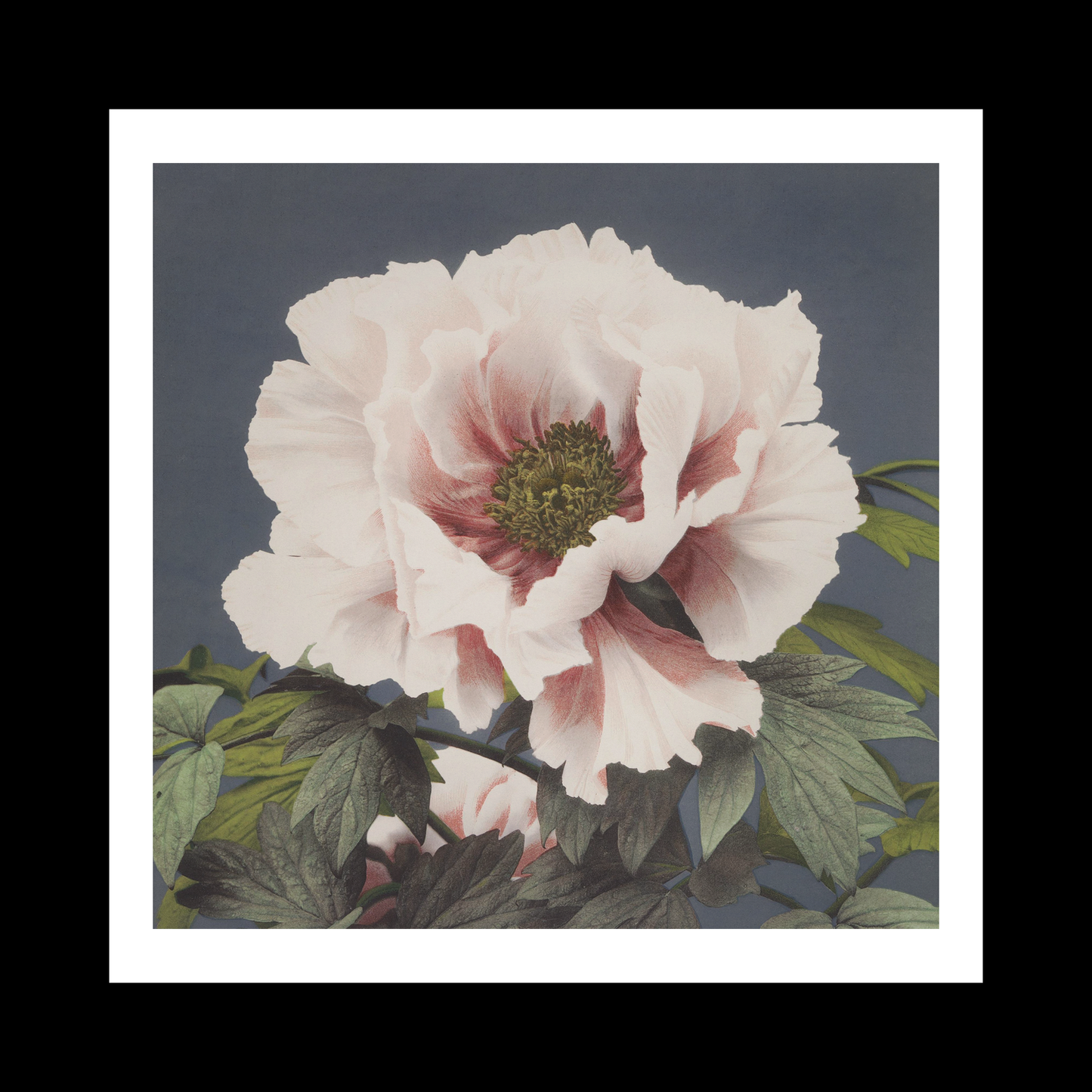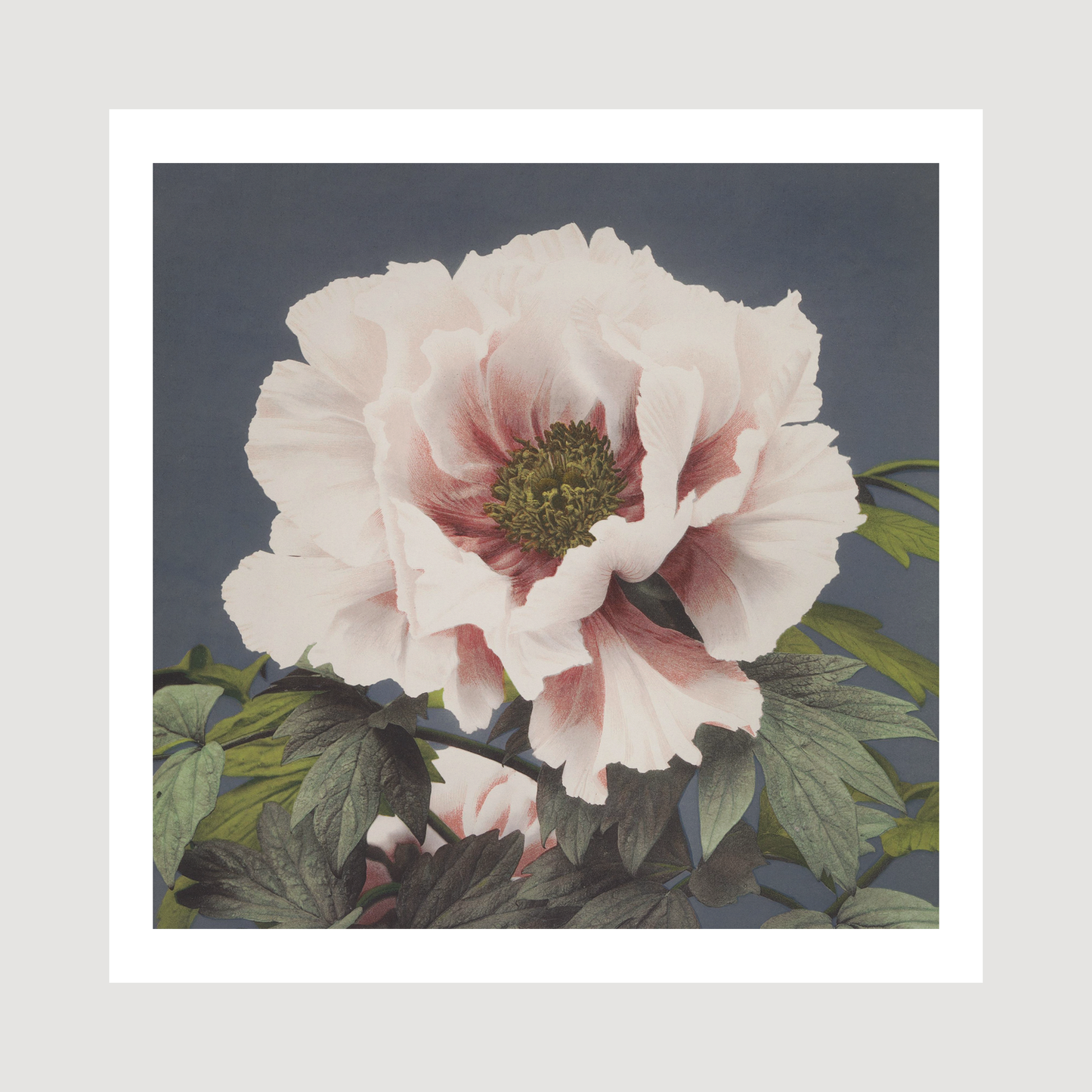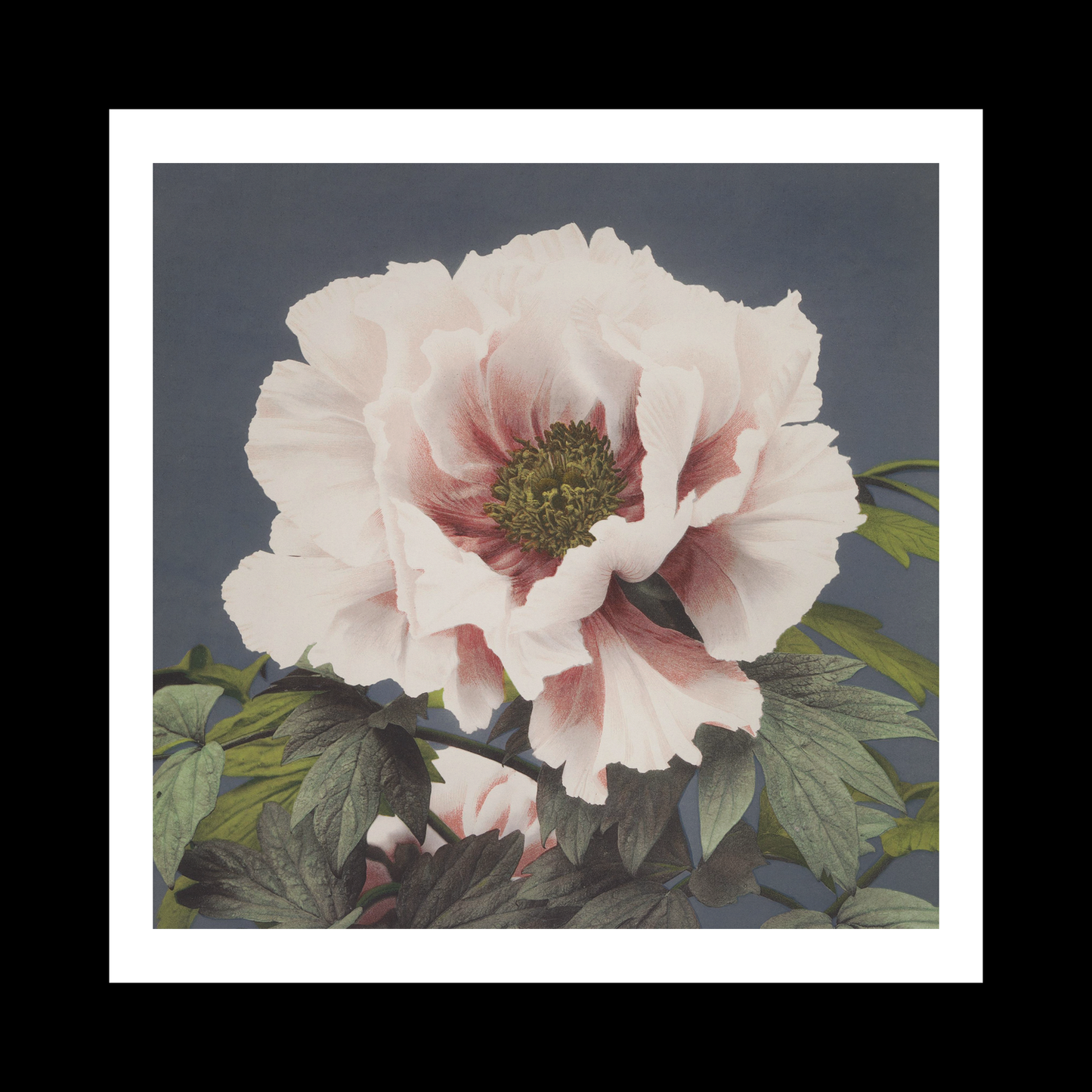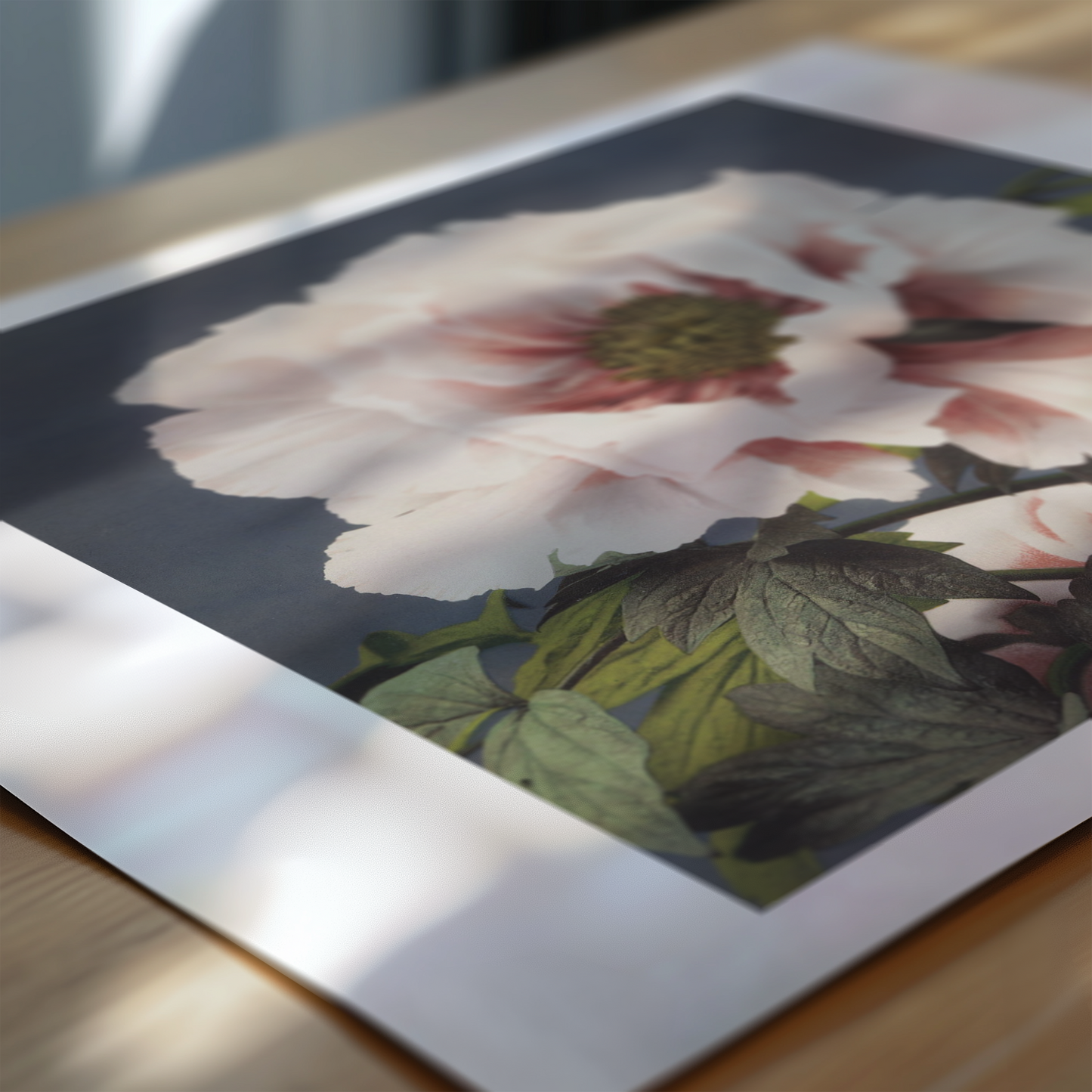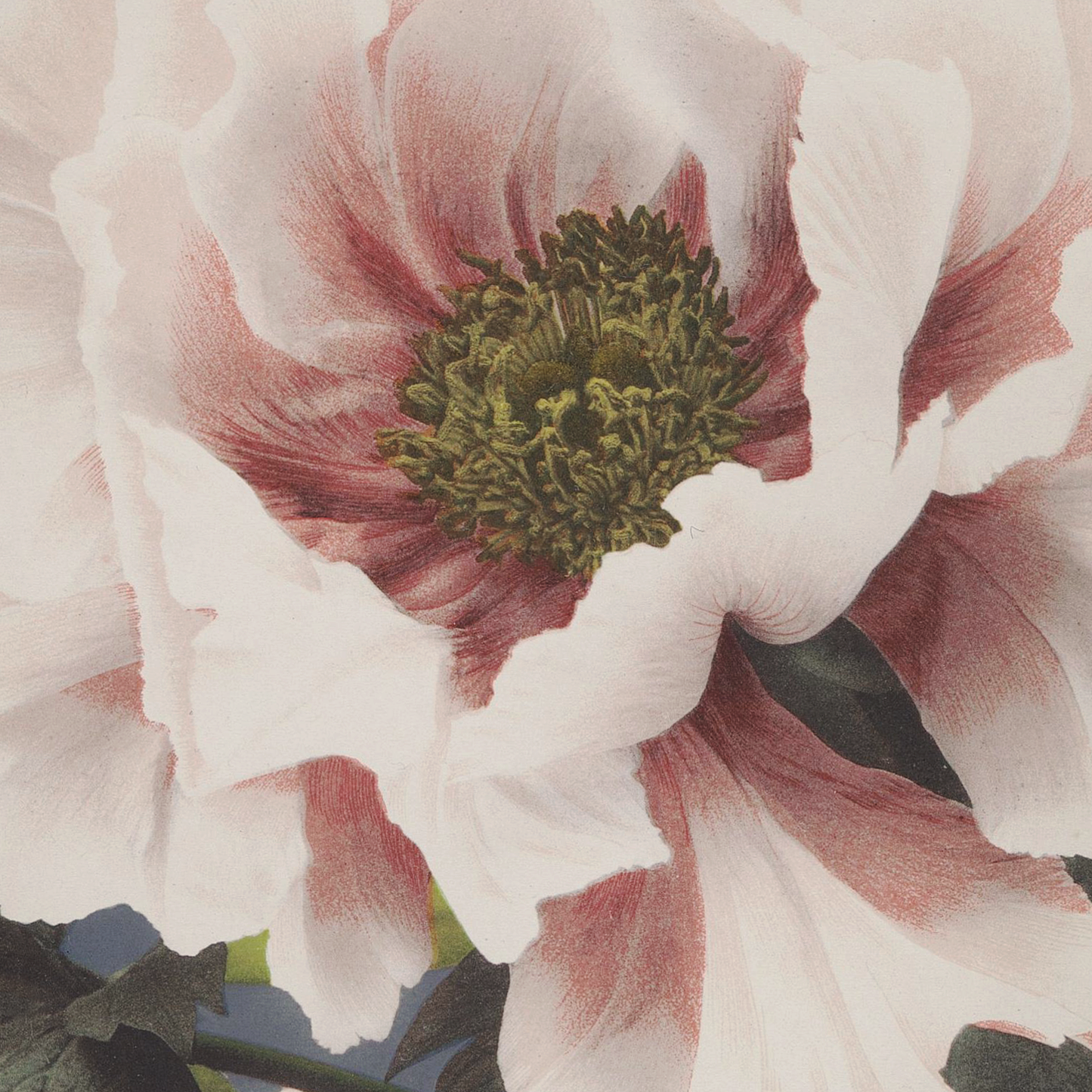1
/
of
6
Beautiful photomechanical prints (1887–1897) Ogawa
Beautiful photomechanical prints (1887–1897) Ogawa
Regular price
£12.45 GBP
Regular price
Sale price
£12.45 GBP
Taxes included.
Quantity
Couldn't load pickup availability
Ogawa Kazumasa's photomechanical prints from 1887-1897 represent a fascinating blend of traditional Japanese aesthetics and pioneering Western photographic techniques. These prints showcase delicate colour gradients and exceptional detail, particularly in their portrayal of natural subjects and everyday scenes from late 19th-century Japan. The careful attention to composition and lighting demonstrates Kazumasa's masterful understanding of both Japanese artistic principles and modern photography.
As one of Japan's first professional photographers, Kazumasa played a crucial role in bridging Eastern and Western artistic traditions during the Meiji period. He studied photography and printing techniques in Boston, bringing this knowledge back to Japan where he established his own studio and printing company. His innovative use of collotype printing allowed him to produce high-quality photographs with subtle tonal variations, particularly effective in capturing the nuanced beauty of Japanese landscapes and cultural subjects.
The significance of these prints lies in their unique historical position at the crossroads of technological advancement and cultural preservation. While embracing new Western photographic methods, Kazumasa maintained a distinctly Japanese aesthetic sensibility in his choice of subjects and composition. His work documented a rapidly modernising Japan while preserving traditional elements of Japanese culture through a new medium. The prints reveal both technical excellence and a deep appreciation for Japanese artistic traditions, making them particularly valuable documents of this transformative period in Japanese history.
These prints were revolutionary for their time, combining the precision of photography with the aesthetic qualities of traditional Japanese prints. Kazumasa's technique involved multiple exposures and careful colour separation, creating images with remarkable depth and clarity that were unprecedented in late 19th-century photography.
View full details
As one of Japan's first professional photographers, Kazumasa played a crucial role in bridging Eastern and Western artistic traditions during the Meiji period. He studied photography and printing techniques in Boston, bringing this knowledge back to Japan where he established his own studio and printing company. His innovative use of collotype printing allowed him to produce high-quality photographs with subtle tonal variations, particularly effective in capturing the nuanced beauty of Japanese landscapes and cultural subjects.
The significance of these prints lies in their unique historical position at the crossroads of technological advancement and cultural preservation. While embracing new Western photographic methods, Kazumasa maintained a distinctly Japanese aesthetic sensibility in his choice of subjects and composition. His work documented a rapidly modernising Japan while preserving traditional elements of Japanese culture through a new medium. The prints reveal both technical excellence and a deep appreciation for Japanese artistic traditions, making them particularly valuable documents of this transformative period in Japanese history.
These prints were revolutionary for their time, combining the precision of photography with the aesthetic qualities of traditional Japanese prints. Kazumasa's technique involved multiple exposures and careful colour separation, creating images with remarkable depth and clarity that were unprecedented in late 19th-century photography.
